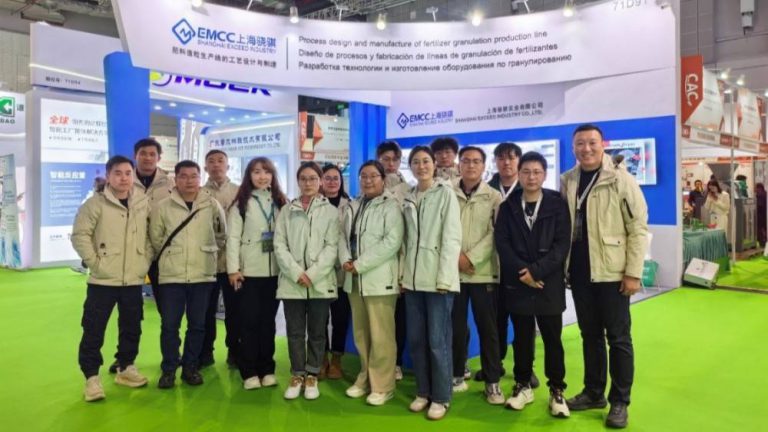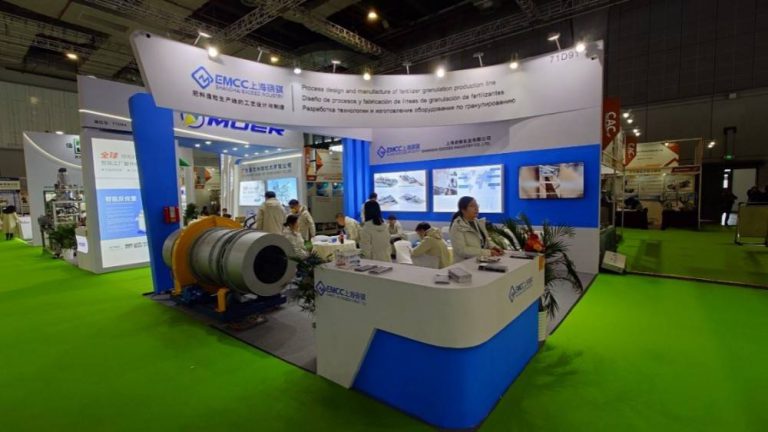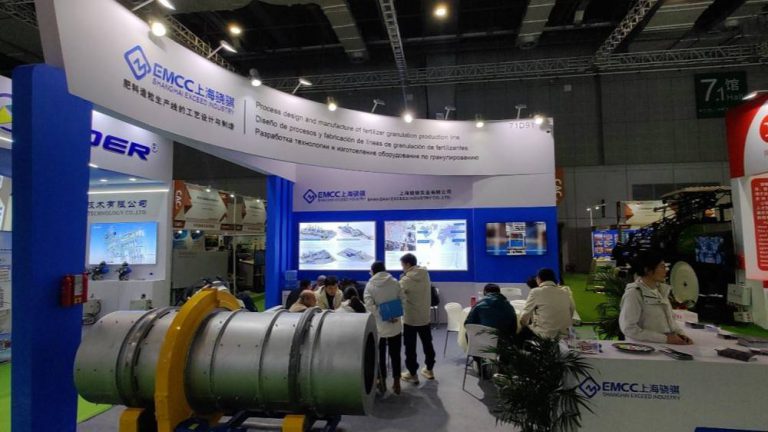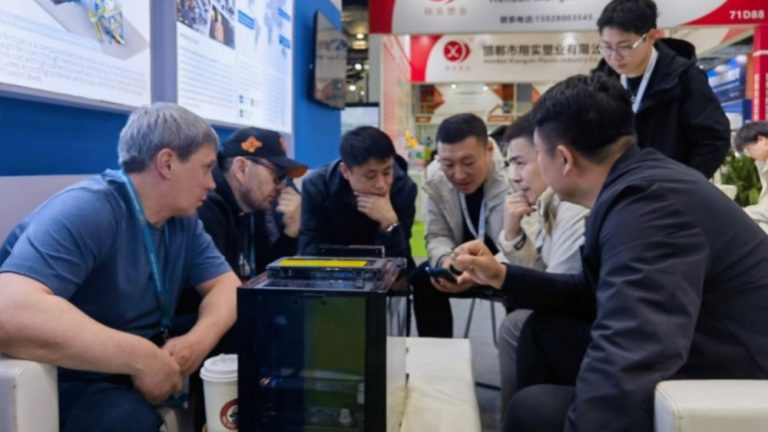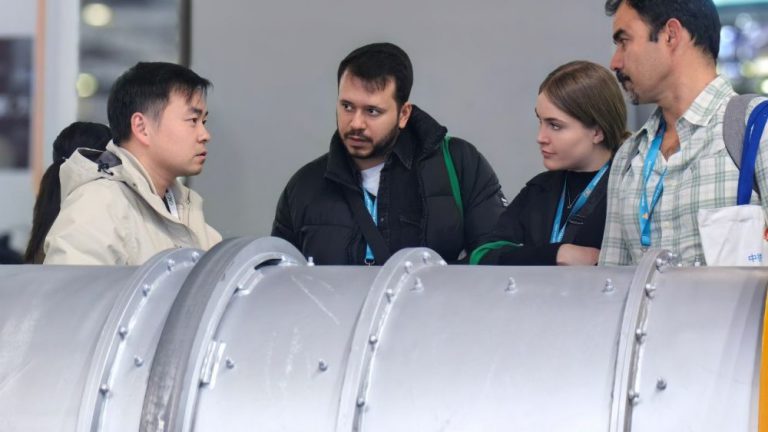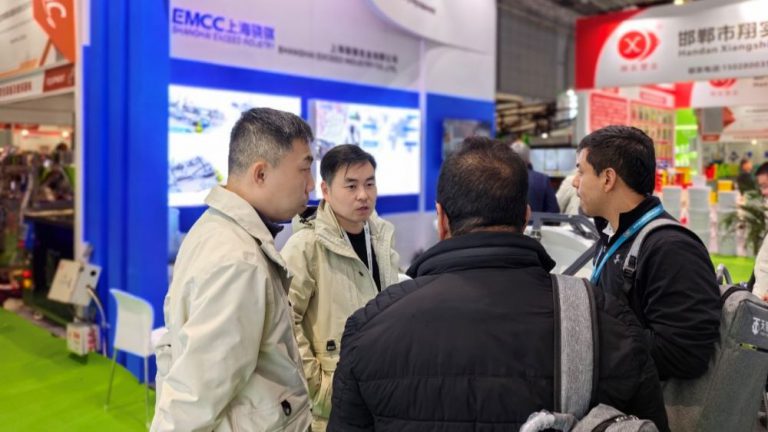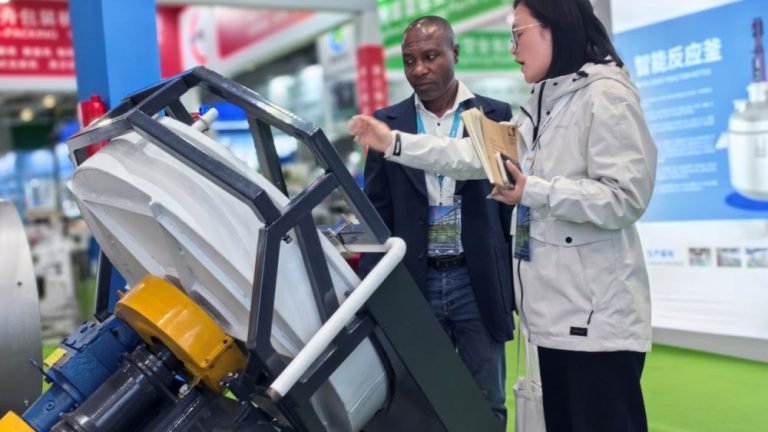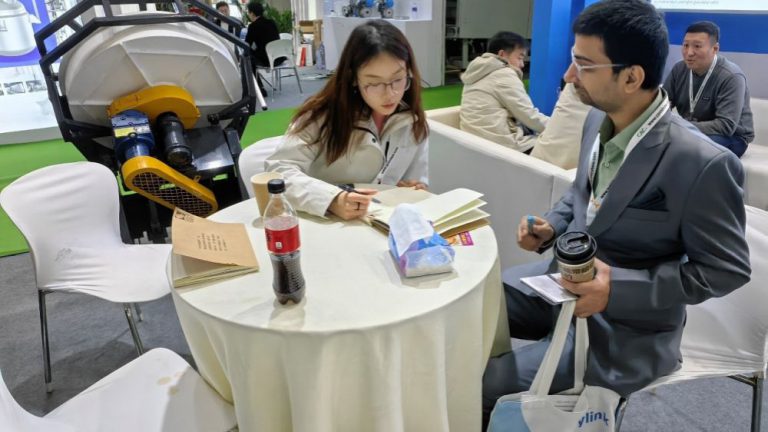Rotary Drum Cooler
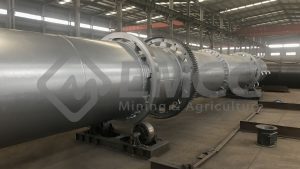
Rotary Drum Cooler is a kind of equipment used to cool materials in industrial production. It is widely used in fertilizer, chemical, mining and building materials industries. Its main components include a rotating drum, a cooling medium system (such as air or water) and a transmission device. The working principle is that the hot material enters the rotating drum through the feeding device, fully contacts with the cooling medium, and quickly reduces the temperature through heat exchange. The material keeps rolling and moving in the drum to ensure the uniformity of cooling. The cooled material is discharged from the discharge port. Rotary Drum Cooler has the advantages of high cooling efficiency, large processing capacity, simple structure, easy operation and maintenance, etc. It can effectively improve the overall efficiency of the production line and ensure the quality of materials and the smooth progress of subsequent processing.
WE NOT ONLY PROVIDE RELIABLE PRODUCTS, BUT MORE IMPORTANTLY WE PROVIDE RELIABLE PROCESS DESIGN AND EXPERIMENTATION
WHAT IS THE WORKING PRINCIPLE OF THE ROTARY DRUM COOLER?
The working principle of rotary drum cooler is as follows:
Material feeding: hot materials enter the rotating drum through the feeding device.
Cooling medium entry: cooling medium (such as cold air or cold water) enters the drum through the cooling system and fully contacts with the hot materials.
Material movement: as the drum rotates, the materials are constantly rolling, moving, and spreading in the drum, so that they are fully in contact with the cooling medium for heat exchange.
Heat transfer: the heat in the material is absorbed by the cooling medium, and the temperature gradually decreases.
Cooling medium discharge: the cooling medium that has absorbed the heat is taken out of the drum and discharged through the exhaust or drainage system.
Cooling material discharge: the cooled material gradually moves to the discharge end of the drum under the action of gravity and the rotation of the drum, and is finally discharged from the discharge port, completing the entire cooling process.
Through the above steps, the rotary drum cooler achieves efficient and uniform cooling of the material, ensuring that its temperature is suitable for subsequent processing or packaging
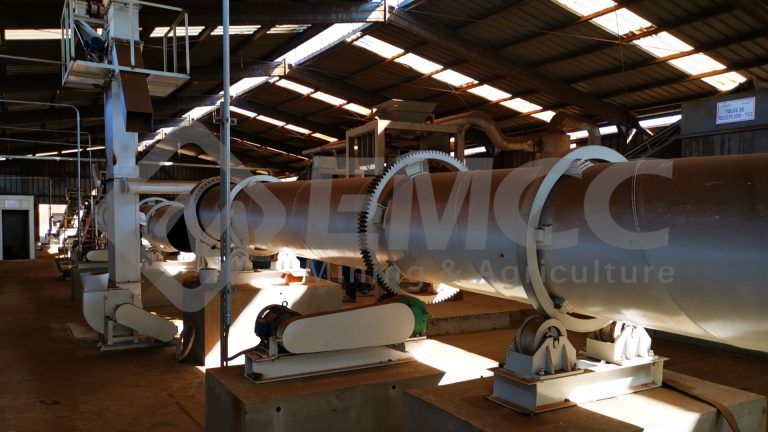
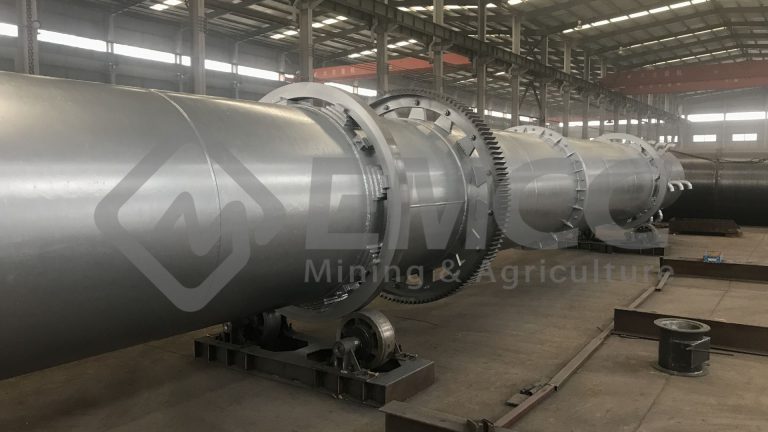
Why Drum Coolers Are Essential for High-Quality Fertilizer Production Lines?
Temperature control: The fertilizer has a moderate temperature after cooling, which helps prevent the fertilizer from caking, mildew and quality degradation caused by high temperature during storage and transportation.
Improve particle strength: The cooling process can increase the mechanical strength of fertilizer particles and reduce powdering and loss caused by collision and friction during subsequent processing and transportation.
Improve production efficiency: The drum cooler can quickly and effectively reduce the temperature of fertilizer, shorten the entire production cycle, and improve the overall efficiency of the production line.
Stabilize fertilizer quality: Uniform cooling can ensure the consistency of the quality of each batch of fertilizer and ensure the stability and reliability of the product.
Prevent moisture resorption: Quickly cooled fertilizer can effectively avoid moisture re-adsorption, keep the fertilizer dry, and facilitate long-term storage.
Improve subsequent
processing: Properly cooled fertilizer is more suitable for subsequent packaging and storage, avoiding the impact of high temperature on packaging materials and storage environment.
Energy saving and
environmental protection: Drum coolers are usually equipped with an efficient cooling medium circulation system, which can save energy and resources, reduce cooling medium consumption and environmental pollution.
The drum cooler ensures the stability of fertilizer temperature, strength and quality through an efficient, uniform and rapid cooling process. This plays an important role in maintaining the nutrient content of fertilizers, preventing quality degradation, improving production efficiency and energy conservation and environmental protection. It is an indispensable key equipment in high-quality fertilizer production lines.
WE NOT ONLY PROVIDE RELIABLE PRODUCTS, BUT MORE IMPORTANTLY WE PROVIDE RELIABLE PROCESS DESIGN AND EXPERIMENTATION
Rotary Coolers In Fertilizer Production
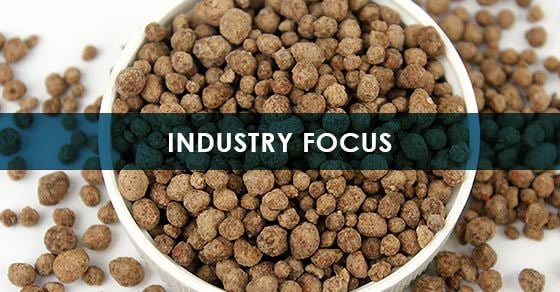 Product cooling is often a vital step in the production of fertilizers, helping to ensure product integrity and reduce potential hazards. Rotary coolers are the equipment of choice for fertilizer production plants, offering a host of benefits.
Product cooling is often a vital step in the production of fertilizers, helping to ensure product integrity and reduce potential hazards. Rotary coolers are the equipment of choice for fertilizer production plants, offering a host of benefits.
The following covers the important role cooling plays in fertilizer production, and why rotary coolers are best suited for the job.
THE ROLE OF ROTARY COOLERS IN FERTILIZER PRODUCTION
Not all fertilizer production lines employ a cooling step. Depending on the type of material, and downstream handling requirements, cooling is not always necessary. However, when certain conditions exist, product cooling is essential.
PROTECTING DOWNSTREAM EQUIPMENT & EMPLOYEES
As part of product finishing, fertilizer granules are dried, typically in a rotary dryer. Product exits the dryer at around 200°F, a temperature too high for bagging, storage, and some handling equipment, as well as any workers that might come into contact with the material.
By cooling product coming off the dryer, producers can avoid damaging downstream handling or bagging equipment, or posing a hazard risk to employees.
REDUCING THE POTENTIAL FOR PRODUCT CAKING
Product caking is extremely problematic for fertilizer producers, resulting in spoiled, lost, or devalued product, and potentially endangering workers in storage environments due to unstable pile formations. Caking also increases the potential for dust generation, a troublesome issue in its own right.
While caking is not a problem with all fertilizers, it is especially likely with hygroscopic fertilizers, or those that tend to absorb moisture from their surrounding environment. This is typical with potash, making caking reduction a top priority for potash producers.
Producers can reduce the potential for product caking by cooling their product. Cooling discourages the formation of crystal bridges at points of contact between particles – the starting point for caking.
THE ADVANTAGE OF ROTARY COOLERS IN FERTILIZER PRODUCTION PLANTS
While other cooler types are available, fertilizer producers usually prefer rotary coolers for handling this critical task. This is because they offer a few key benefits….
RELIABILITY
First and foremost, rotary coolers have a well-earned reputation for reliability, often operating consistently and without issue for decades when properly maintained.
In contrast, plate coolers, for example, are prone to build-up over time and need to be cleaned on a regular basis.
PROVEN AND ESTABLISHED TECHNOLOGY
Rotary drum technology has long been the cornerstone of fertilizer production; it is prolific throughout the industry as a proven and established technology. Plant personnel typically have a solid understanding of how to operate and maintain rotary equipment, and the equipment is well supported by rotary drum service companies and OEMs.
HIGH THROUGHPUT
Another reason why rotary coolers are preferred is their high throughput, a common requirement at fertilizer plants. Rotary coolers can process up to 200 TPH in many cases.
ROBUST BUILD
Fertilizer producers also appreciate the durability that comes with a rotary cooler; these machines are heavy-duty and built to withstand demanding process conditions day in and day out.
FLEXIBLE DESIGN
Fertilizer cooling is a fairly straightforward task. However, the flexibility rotary coolers offer in terms of drive assembly selection and customized flight/lifter design gives producers added control over process efficiency.
Both flight design and pattern can be customized to maximize air-to-material contact for optimal cooling efficiency.
TOLERANCE TO VARIATION
While variation in feedstock is not typically a concern for coolers in fertilizer production plants, the rotary cooler’s tolerance to changes in feedstock can sometimes still offer an advantage over other types of coolers. If for some reason feedstock conditions change or process fluctuations occur, the cooler remains largely insensitive, continuing to operate without issue and in most cases, still yielding a uniformly cooled product.
HOW ROTARY COOLERS WORK
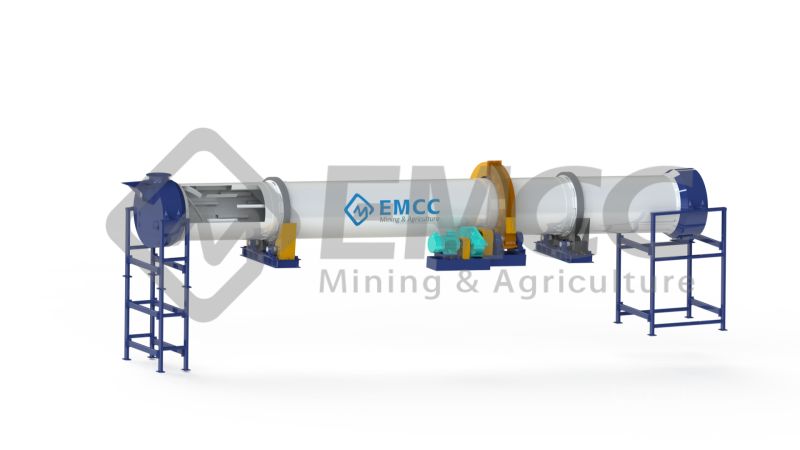
3D Rendering of a EMCC Rotary Cooler
Rotary coolers operate on the same principles as rotary dryers, only instead of products of combustion, they use chilled or ambient air to reduce material temperature.
Unlike rotary dryers, where material and air can flow co-currently or counter-currently, rotary coolers always use a counter-current configuration for maximum heat transfer. Material is fed into one end, while the cooling air is fed into the other end. This counter-current air flow, in which the material and air flow in opposition to each other is most efficient, resulting in lower operating costs, a cooler discharge temperature, and even a reduced burden on the dryer.
As material is fed into the rotating cylinder, flights fixed to the interior of the drum shell pick up the material, carry it over, and drop it through the chilled air, creating a “curtain” or cascade of material in order to maximize contact between the solids and air.
ROTARY COOLER DESIGN
While the cooling process requires comparably less engineering than the drying process, cooling must still be carried out properly to avoid excessive energy costs and to ensure product integrity. This requires an expert to properly design the rotary cooler.
Designing a rotary cooler for maximum efficiency and longevity centers around tailoring the design to the specific characteristics and demands of the material to be cooled. This includes taking into account factors such as bulk density, particle size distribution, fragility, heat transfer properties, and more.
By incorporating these factors into the design, engineers can size the drum and tailor its many components for an optimized cooling solution.
CONCLUSION
While cooling is not always required in fertilizer production plants, when caking or risk to downstream equipment or employees is in question, it is an essential step in product finishing.
Highly reliable, proven technology, and flexibility in design, combined with a high throughput and tolerance to variation, rotary coolers provide fertilizer producers with an ideal industrial cooling system.
EMCC has been supplying the industry’s most prestigious rotary coolers for over 10 years. All EMCC coolers are designed based on the materials being processed to provide efficient and durable processing solutions. We also offer an extensive parts and service program to keep rotary coolers, as well as other types of rotary drums used in the fertilizer industry, in top operating condition. To learn more about our rotary coolers or services, contact us today!
WE NOT ONLY PROVIDE RELIABLE PRODUCTS, BUT MORE IMPORTANTLY WE PROVIDE RELIABLE PROCESS DESIGN AND EXPERIMENTATION
Rotary Cooler Frequently Asked Questions (FAQs)
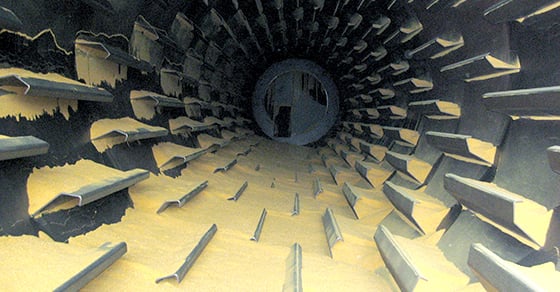 Rotary coolers are essential tools in industrial processing facilities across the globe, cooling product for subsequent handling, storage, or bagging.
Rotary coolers are essential tools in industrial processing facilities across the globe, cooling product for subsequent handling, storage, or bagging.
HOW DOES A ROTARY COOLER WORK?
A rotary cooler works by passing ambient or chilled air through a horizontal rotating drum. Material is fed into the opposite end of the drum, so the material and air flow in opposing directions (counter-current flow).
The rotary cooler is set at a slight downward angle to allow gravity to help move material through the unit. As the drum rotates, material lifters, or flights, pick up the material and drop it through the air stream, creating what is known as a “curtain” of material in the cross section of the drum. This maximizes heat transfer between the material and air. Because of this cascading motion, these coolers are sometimes referred to as cascade coolers.
As continuous industrial coolers, material is continuously fed and discharged.
WHAT’S THE DIFFERENCE BETWEEN A DIRECT COOLER AND AN INDIRECT COOLER?
The difference between direct and indirect rotary coolers lies in the cooling medium. While direct coolers use air in direct contact with the material, indirect coolers reduce the material temperature through contact with the drum shell, which is externally cooled using a chilled water bath (for this reason, indirect coolers may also be referred to as indirect water deluge or water-jacketed coolers).
Most coolers are of the direct configuration, as this is the most efficient choice, but in some cases, such as when cooling fine materials that would otherwise risk entrainment in an air stream, indirect coolers provide a valuable alternative.
WHAT DOES THE ROTARY COOLER DESIGN PROCESS LOOK LIKE?
Much like rotary dryer design, engineers must balance a number of different variables to properly size and design a rotary cooler. This includes material characteristics such as bulk density, inlet and outlet temperatures, and more. It also includes factoring in production criteria such as desired throughput, retention time, and cooling medium, to name a few.
In some cases, flight design and pattern, both of which are highly customizable, may require testing in a flight simulator to establish the most suitable arrangement based on the material’s unique characteristics.
WHAT CAPACITIES CAN A ROTARY COOLER HANDLE?
Rotary coolers are high-capacity machines and can process material at a throughput anywhere from one to 200 tons per hour.
WHAT INFORMATION IS NECESSARY TO DESIGN A ROTARY COOLER?
Engineers require a number of data points to design a rotary cooler. For basic cooler design, they typically require:
- Material (physical and chemical composition)
- Bulk density of material
- Inlet and outlet temperatures
- Inlet and outlet moisture content
- Desired cooling air temperature
- Specific heat of material
- Particle size distribution
- Desired throughput
- Material fragility/Potential for attrition
WHAT MATERIALS ARE ROTARY COOLERS CONSTRUCTED FROM?
Depending on the requirements of the material and process, rotary coolers may be constructed from any of the following metals:
- Carbon steel
- Stainless steel
- Specialty alloys
- Explosion-bonded steel
- Abrasion-resistant (AR) steel
WHAT ADDITIONAL EQUIPMENT IS NEEDED TO SUPPORT A ROTARY COOLER?
In addition to feeding and off-take conveyors, rotary coolers require an exhaust air and particulate handling system. Most often, this consists of a baghouse, or scrubber, in combination with an ID fan. If excessive carryover is expected, the addition of a cyclone may benefit the process as well.
In cases where the incoming material is especially hot, water may be directly added at the inlet and refractory lining may be necessary on the inlet end of the unit to protect the drum shell until the material has a chance to cool slightly.
A waste heat recovery system may also be beneficial to recover hot air generated during the cooling process for reuse in the combustion process of the preceding dryer or kiln. This can help to reduce fuel and energy costs in the drying or thermal treatment stage of the process.
WHAT TEMPERATURES DO ROTARY COOLERS TYPICALLY OPERATE AT?
Depending on the inlet material temperature and the desired outlet temperature, rotary coolers may operate at temperatures anywhere between 150°F to over 1000°F.
IS A ROTARY COOLER OR FLUID BED COOLER BETTER FOR MY APPLICATION?
Both of these industrial coolers provide an effective option for reducing the temperature of bulk solids in a process setting. The choice between the two types typically comes down to several factors, including available spatial footprint, feedstock uniformity, and oftentimes, industry preference. Historically fluid bed coolers have been preferred in applications such as fine chemicals, pharmaceuticals, and food, while rotary coolers have been preferred for more industrial applications, such as in processing minerals and fertilizers.
CAN ROTARY COOLERS BE AUTOMATED?
Yes, rotary coolers can be fitted with a simple automation system to streamline start-up and shutdown, or a more complex system that can track and trend historical data, and even alert operators when KPIs fall out of spec.
CAN ROTARY COOLERS BE CUSTOMIZED?
Rotary coolers offer a number of opportunities to customize the system according to process and material goals.
This includes various materials of construction, different internals for optimizing efficiency, options in drive assembly type, and more.
HOW CAN I IMPROVE ROTARY COOLER PERFORMANCE?
Rotary cooler performance is often situation-specific. Apart from maintaining a consistent feedstock, keeping up on cooler maintenance, and operating the unit within original design specifications, EMCC recommends those struggling with cooler efficiency have an expert conduct a process audit.
A process audit, as with other inspections, can reveal hidden inefficiencies and opportunities for improvement.
WHAT SIZE ROTARY COOLERS ARE AVAILABLE?
Rotary coolers are available in diameters ranging from 3’ to 15’.
WHAT MATERIALS CAN ROTARY COOLERS WORK WITH?
Rotary coolers are diverse in their processing capabilities and can be used for cooling any type of material in the form of a bulk solid. They are frequently used in cooling materials coming off of a dryer, such as fertilizers and soil amendments, animal feeds, and chemical products, as well as those that have been processed in a rotary kiln, such as catalysts, phosphate ores, and roofing granules.
WHY ARE ALL ROTARY COOLERS OF THE COUNTER-CURRENT AIR FLOW CONFIGURATION (DIRECT COOLERS ONLY)?
Unlike rotary dryers, which can be either co-current or counter-current (referring to the material flow in relation to the air flow), rotary coolers should only be designed with a counter-current configuration. This is because the counter-current flow takes advantage of the thermodynamics and improved heat transfer of material and air moving in opposing directions, making the cooling process more efficient.
WHAT ARE THE DIFFERENT WAYS TO CHILL AIR FOR USE IN A ROTARY COOLER?
There are a number of ways to chill the air for use in a rotary cooler. This includes ammonia chillers, refrigeration, swamp coolers, and more.
CONCLUSION
Rotary coolers offer an efficient way to cool nearly any type of bulk solids, from ores to chemicals. To ensure an efficient and reliable solution, EMCC recommends working with an expert.
EMCC has been a leading global manufacturer of rotary coolers for over 10 years. For more information on our rotary coolers, contact us today!
WHY CHOOSE EMCC AS YOUR PARTNER?
Shanghai Exceed Industry Co., Ltd (China EMCC) is a manufacturing enterprise specializing in high-tech fertilizer machinery. For many years, we have devoted to producing inorganic and organic fertilizers granulator equipments. By consistently creating values for our customers around the world, we have become one of the leading suppliers in global agricultural fertilizers industry. With China EMCC, you may get comprehensive services of consulting, design, equipment, installation, training, emergency assistance, field assistance, spare parts and routine maintenance to save fertilizer plants cost.
